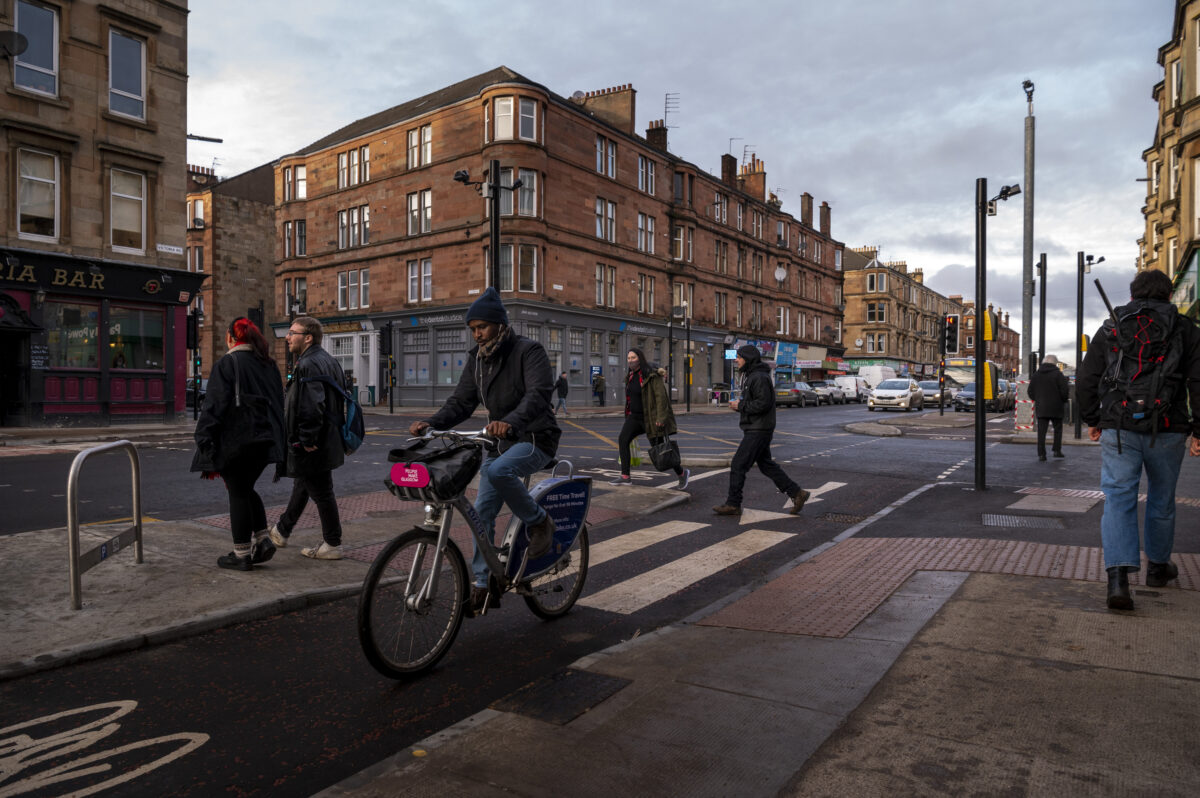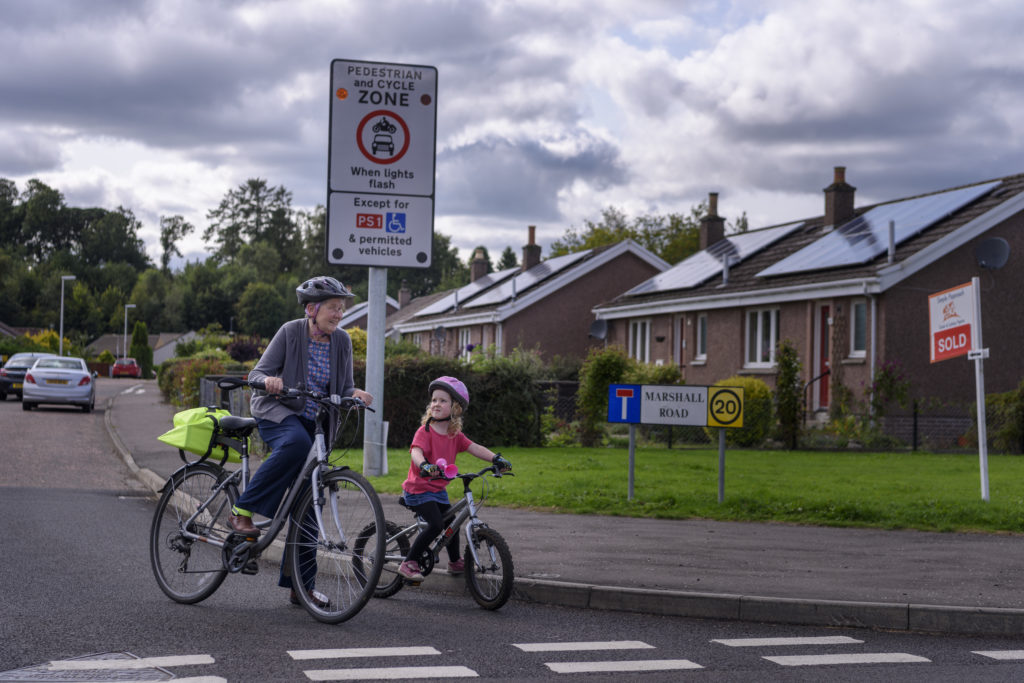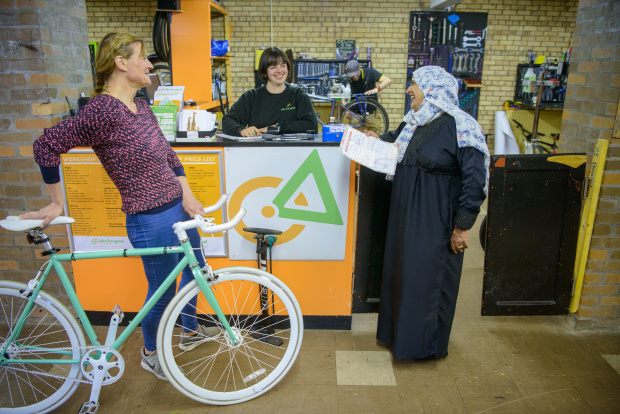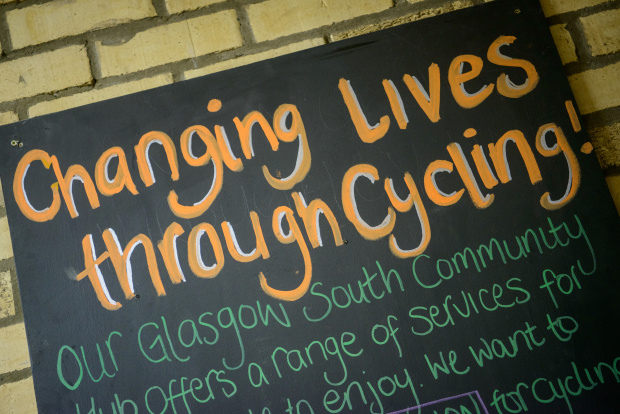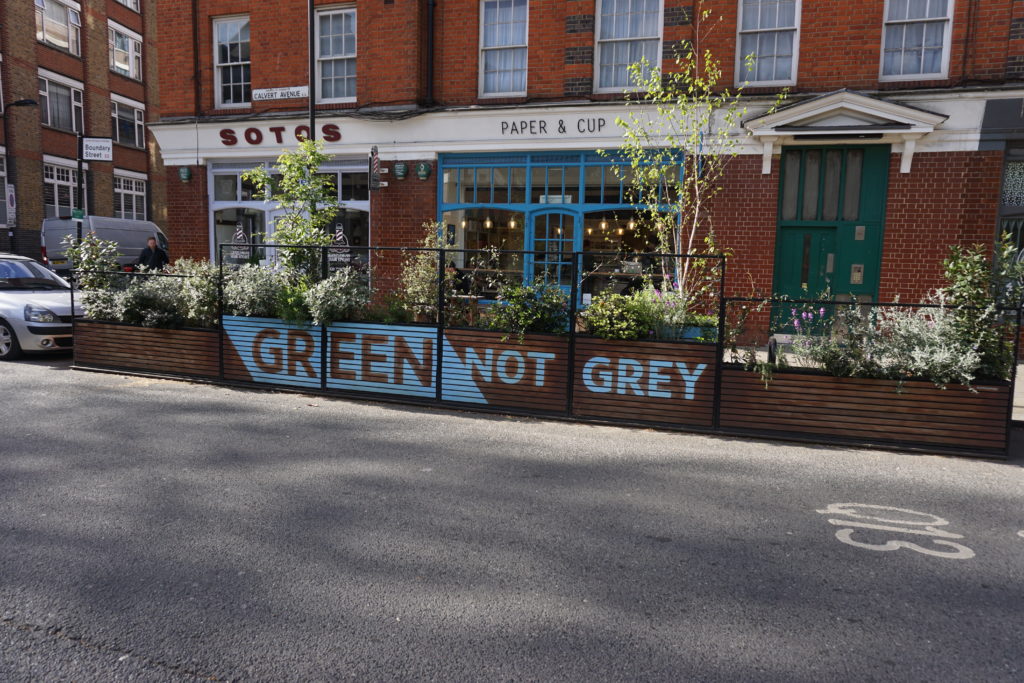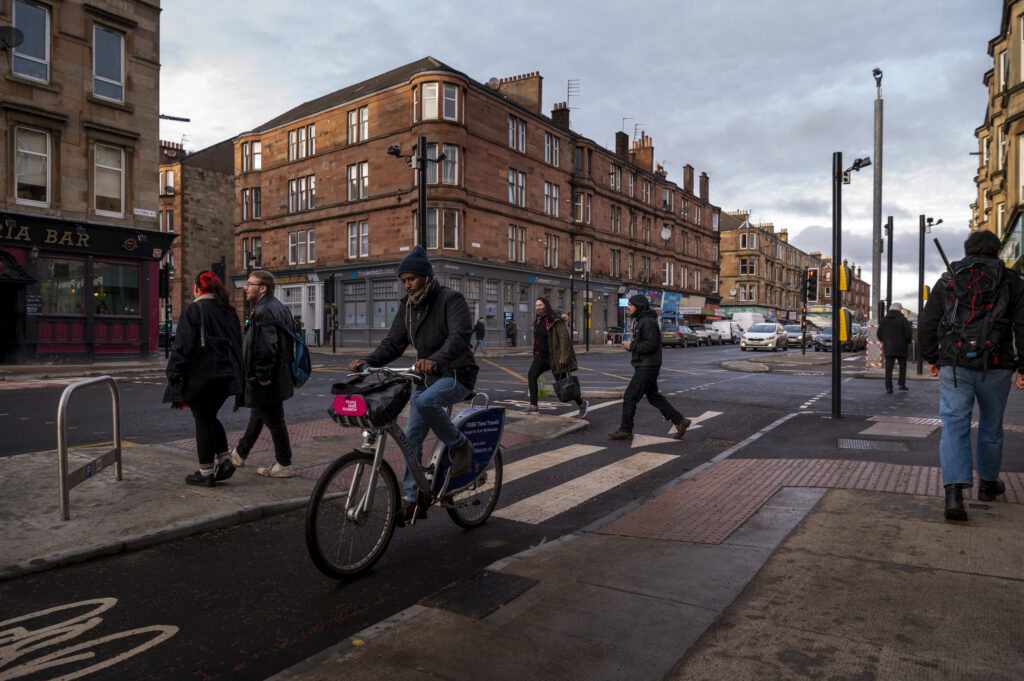
What are the changes?
Three main changes have been made to the Highway Code:
- A new ‘hierarchy of road users’ is to be introduced in order to ensure that those capable of doing the greatest harm have the greatest responsibility to reduce the danger or threat they may pose to others.
- Existing rules around pedestrian priority on pavements have been clarified and drivers and cyclists should give way to pedestrians crossing or waiting to cross the road.
- Guidance has been established for vehicles on safe passing distances and speeds when overtaking cyclists or horse riders, ensuring that they have priority at junctions when travelling straight on.
In addition, the ‘Dutch Reach’ is now described in the ‘Waiting and parking’ chapter of The Highway Code for the first time. This vehicle exiting technique recommends using the hand on the opposite side to the door you’re opening, increasing the likelihood of you spotting a cyclist as a natural part of looking over your shoulder.
Who will this benefit?
The new guidance is primarily aimed at improving safety for the most vulnerable road users, particularly young, old and disabled pedestrians.
In order of greatest priority, the new hierarchy of road users are described below:
- Pedestrians
- Cyclists
- Horse riders
- Motorcyclists
- Cars/taxis
- Vans/minibuses
- Large passenger vehicles/heavy goods vehicles
Cyclists, horse riders and motor vehicles should give way to pedestrians at junctions and designated crossings. Furthermore, cyclists should give way to pedestrians on shared use paths.
Additional provisions have also been made for cyclists. New guidance means that motor vehicles should give cyclists priority at junctions and overtake only when a safe gap is available on the carriageway and when travelling on roundabouts.
The Department for Transport has stated that the ultimate aim of these measures is to foster a more “mutually respectful and considerate culture of safe and effective road use that benefits all users.”
Sustrans welcomes these changes and hopes the additional safety provisions made will reassure and encourage vulnerable road users going forward.
